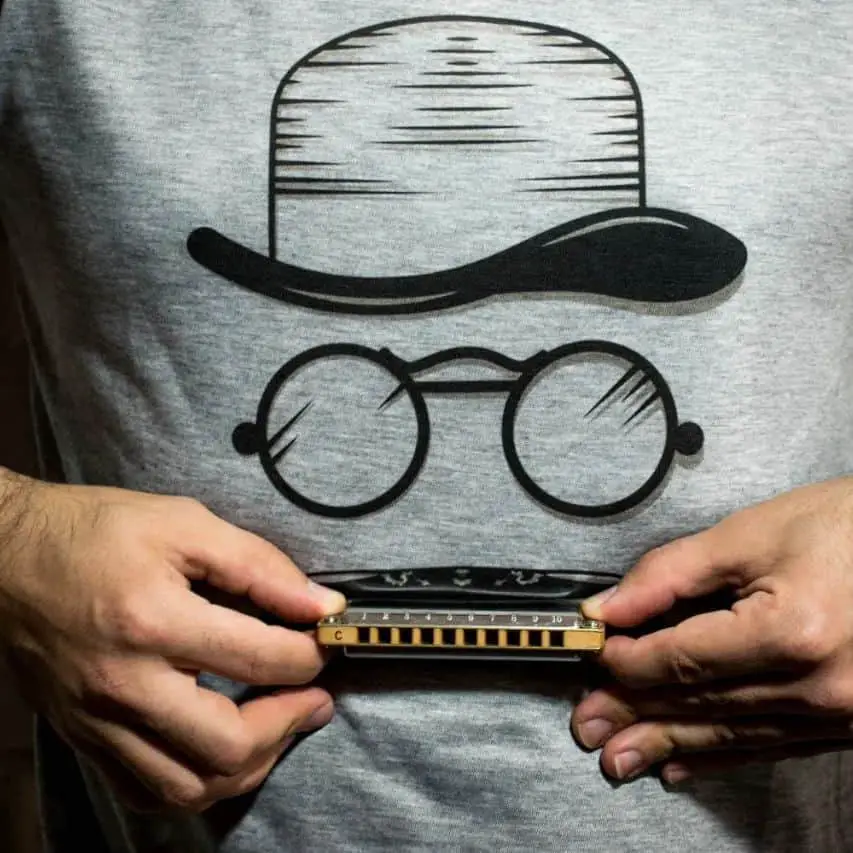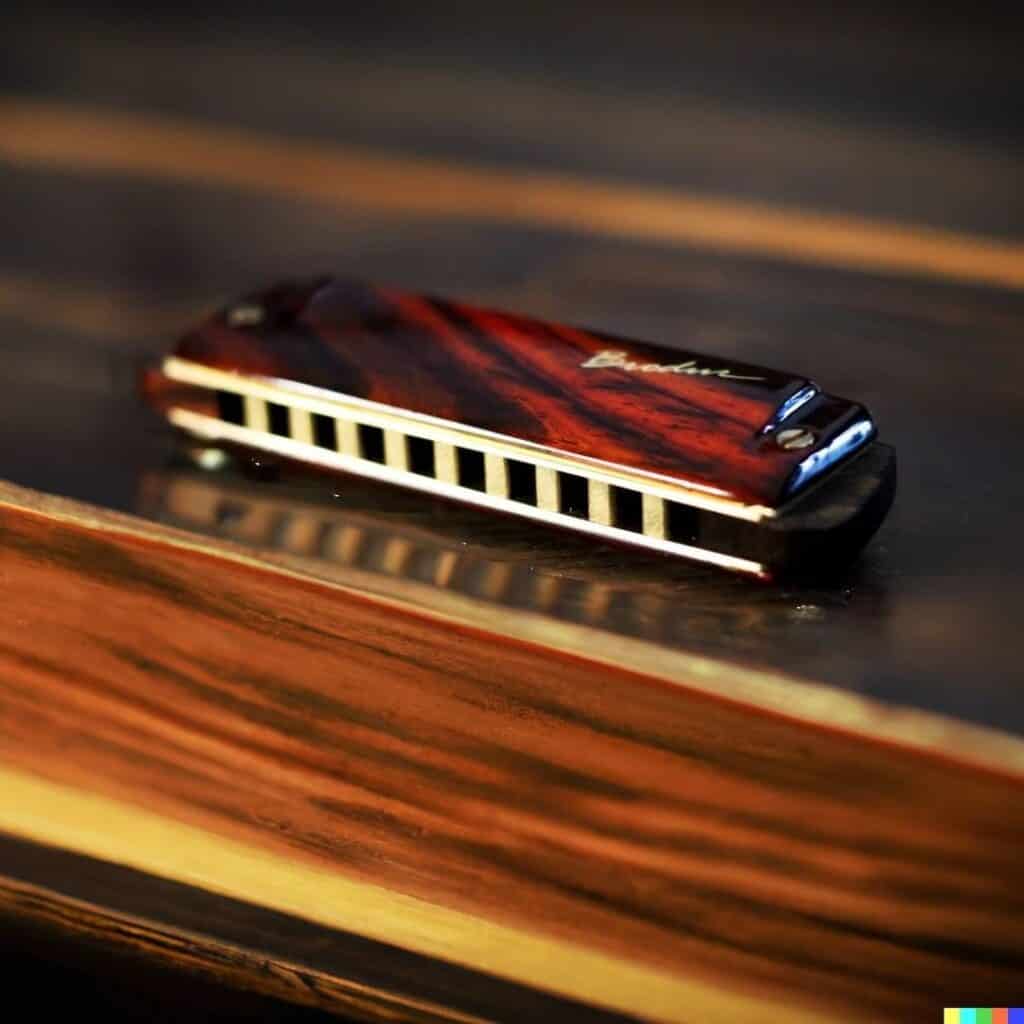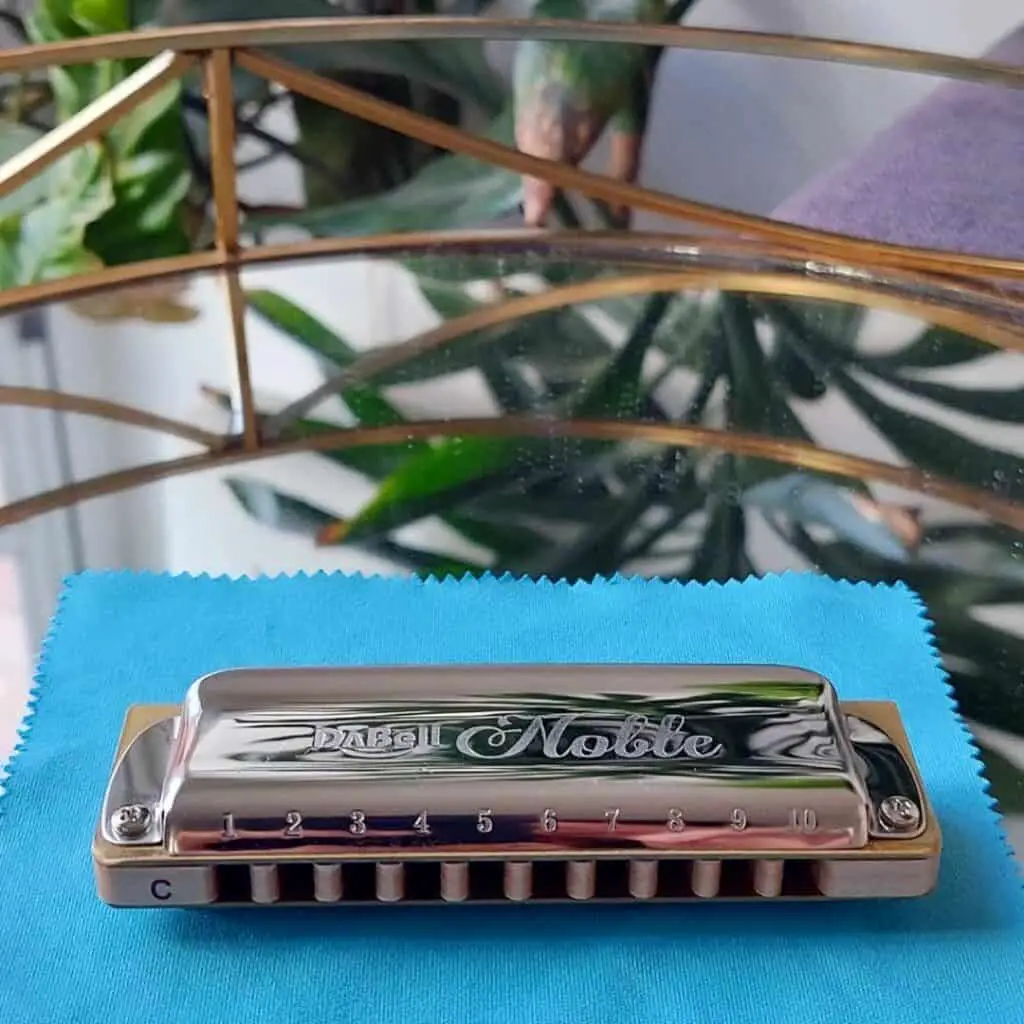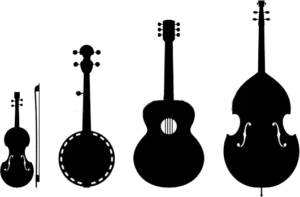Just like any brass instrument, a harmonica needs to be regularly tuned to sound its best. In this article, I will explain its anatomy, name the reasons why it gets out of tune and describe how to tune a harmonica.
Harmonica Tuning Guide
- Disassemble the harmonica and look if there are any stuck reeds. Put them in the right positions.
- Detect holes that give a faulty sound with a tuner.
- If the sound is too low, sharpen the free edge of the reed. To make it lower, scratch its base.
- Assemble the instrument.

Can harmonicas get out of tune?
However, many people think that the harmonica is a simple instrument that works just like a pipe, it has a more complicated anatomy, and the details under its cover require regular supervision and adjusting. To figure out what can go wrong, let’s consider the structure of the harmonica and how the sound is made first. When you exhale or inhale in front of the holes, air moves through chambers of different lengths. Every chamber has a reed that vibrates responding to the airflow – this feature differs harmonica from the pipe.
The main reason for false notes is damaged reeds since these extra thin leaves of metal are affected by a number of factors and can be damaged easily.
- Physical damage like cracks or curves. These defects are easy to prevent if you transport the instrument carefully, and it never falls on floors or any other hard surfaces.
- Like any other musical instruments, harmonicas are affected by a sharp change in weather conditions like exposure to extreme temperatures, humidity, etc.
- Regular playing inevitably leads to wearing out, no matter how carefully you use your harmonica. Moreover, a low-quality harmonica might already be out of tune when you purchase it.

Inspecting and tuning your harmonica
Harmonica stays in tune for about half a year if you practice every day. Regular tuning ensures better performance as you don’t wait until the sound gets completely spoiled. However, don’t delay getting under the cover if you are in the mood to experiment and want to try various melodies. The most common harmonica tune is Richter, but you can try a few other standards and select one that sounds best for you.
Before tuning your harmonica, exclude inner debris as a reason for faulty sounds. Disassemble the harmonica, and rinse every detail under a stream of warm water. When it is dry, assemble it and check the sound. Please, notice: assembling wet details might damage your instrument leading to mold or rust. If this doesn’t help, grab a screwdriver, a clerical knife blade, or any other similar leaf of metal, and a small file, and move to the following steps. I also advise using a tuner to control the result.
- Warm a harmonica up a bit. Temperature affects the sound much, even if it is the temperature of your hands and breath. Thus, you need to minimize the difference between sounds you hear during tuning and further playing.
- Take the cover plate off and inspect the reeds. The first thing to notice is the distance between every reed and the blow reed plate. The bigger this distance, the more effort you need to get the sound. You can adjust reeds to make blowing easier.
- The idea of tuning a harmonica is simple: you affect the pitch by sharpening the edges of the reeds. Scraping the free edge of the reed makes the pitch higher, while doing the same to its base, lowers the sound. Check every hole with a tuner and define which reeds need to be fixed.
- When you define the false reeds, which need to sound higher, put the blade under it to lift it up, protect the blow reed plate and scratch the free edge a bit. Don’t rush and follow the tuner constantly to avoid overdoing it.
- When the job is done, assemble the harmonica and play a familiar melody to see how the sound has changed.
Can you replace a cracked reed?
Dropping the harmonica on the floor might lead to more serious damage than regular use can do. Reeds are sensitive details that can crack or curve easily, and sometimes there is no other way to fix an instrument than replacing a broken reed.

How to fix a harmonica reed that is stuck?
In case one hole doesn’t give a sound at all, this means a reed is blocked and can’t vibrate. You can take the cover off and put the reed in the right possession, or try one of the following ways without disassembling it.
- Puff the air in and out rapidly. Stronger than usual airflow might tear it from the plate.
- Put a wooden toothpick in the hole at a downward angle and try to unstick the reed blindly.

FAQ on How to Tune a Chromatic Harmonica
Here are three widespread questions to consider before opening your instrument. They touch on tuning standards, tuning frequency, and how reeds wear out.
What is the standard tuning for harmonica?
Richter tuning is considered a standard one. This is a middle ground between diatonic melody and harmony; therefore, this type is so widespread.
How long do harmonicas stay in tune?
A harmonica stays in tune for about six months if you use it every day. However, this period might vary, depending on the materials and climate of an instrument.
Why do harmonica reeds go flat?
When the reeds vibrate, their free edges constantly knock the plate. This process naturally damages reeds, so they lose their original shape over time and need to be maintained

Tuning a Harmonica: Why Do You Need To?
Harmonica’s reeds deform easily and require regular tuning. There is no standard for a harmonica, so whether you need a pitch harmonica or a flat one, adjust it to your own requirements.
Did your instrument get out of tune, or do you want to experiment with its sound? Please share in the comments.
